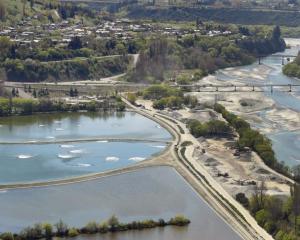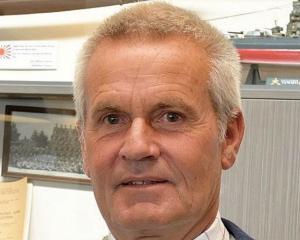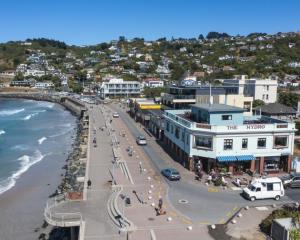
Most were counted between Bruce Bay and Wanaka, especially in the Paringa area, by a Greymouth Star reporter in January this year.
Outdoors author and longtime outdoors activist Alan Simmons, of Turangi, travelled throughout South Westland last month and said squashed, dead possums littered the road.
"If any Doc staff member bothered to stop and pick up all the dead possums along the road he or she would need a big ute or a small truck."
Over recent years Doc and its offshoot Zip (Zero Invasive Predators) had increased the aerial 1080 poison drops with a strong focus on the West Coast, Mr Simmons said.
"How many more millions of dollars and thousands of tons of deadly poison do they need to recklessly topdress over the people's pristine natural environment to get a few possums?
"It seems that cars are doing a better job. From Fox Glacier to Wanaka on March 30, I counted 87 dead possums - and I'm sure I didn't count them all."
He suggested motorists driving the West Coast with a young family could keep children occupied by counting dead possums on the road.
"It would also illustrate to people who actually pay the taxes that their tax dollars are wasted on a bureaucratic failure while people struggle with homelessness or hunger and health and education systems are struggling for adequate funding."
He called on the government, Doc and Zip to wake up "or admit that their poison strategy is not working".
"To the contrary, they should be looking at the possum as a resource for both fur and meat, the latter for pet food manufacture and even as a meat protein for human consumption."
However, Doc South Westland district operations manager Wayne Costello said highway observations of possums were not a valid representation of possum and predator control efforts and success in South Westland.
Doc and Zip did not do any possum control near the roads between the Fox River and Paringa River, he said.
Predator and possum control across the country was prioritised based on the biodiversity values at each site.
He said the South Westland area referred to (Fox Glacier to Paringa) did not rank highly enough compared to other funded sites to receive what were finite resources for predator control.
Possum control was undertaken in the Copland and Karangarua River valleys, just south and inland of Fox Glacier, to protect southern rata and other species in these valleys, but these areas were remote.
"Predator and possum control programmes are ongoing in the area from Paringa River to Haast Pass, the entire Arawhata Valley and Haast Kiwi Sanctuary, the entire Landsborough Valley, and the area from Cascade River to Big Bay. The total area of predator control in South Westland is approximately 265,000ha."
Mr Costello disputed that possum numbers were increasing. In areas without control, numbers were likely to be high but relatively stable.
Over the coming winter, predator control will be undertaken over 144,000ha of "priority sites" in South Westland.
"This will not include the area observed with dead possums on the road, as this is not one of the areas currently funded for protection," Mr Costello said.
"It is fair to assume that possum densities in areas not receiving possum control will be relatively high and relatively stable. There is ample opportunity in these areas for people to trap possums."












